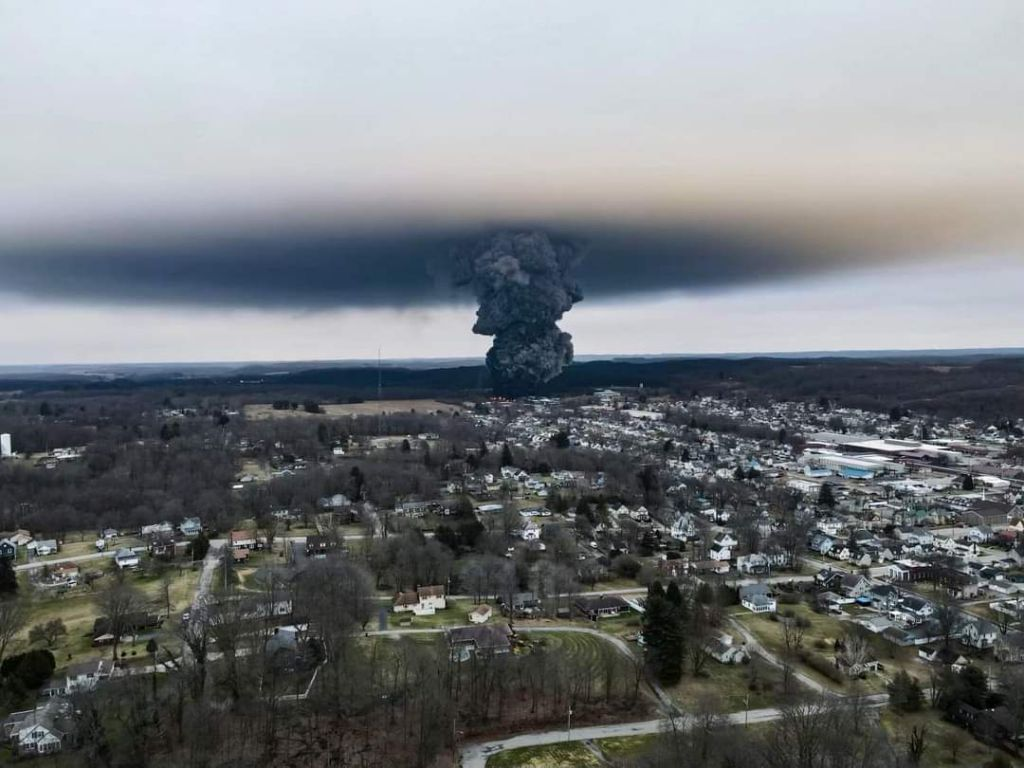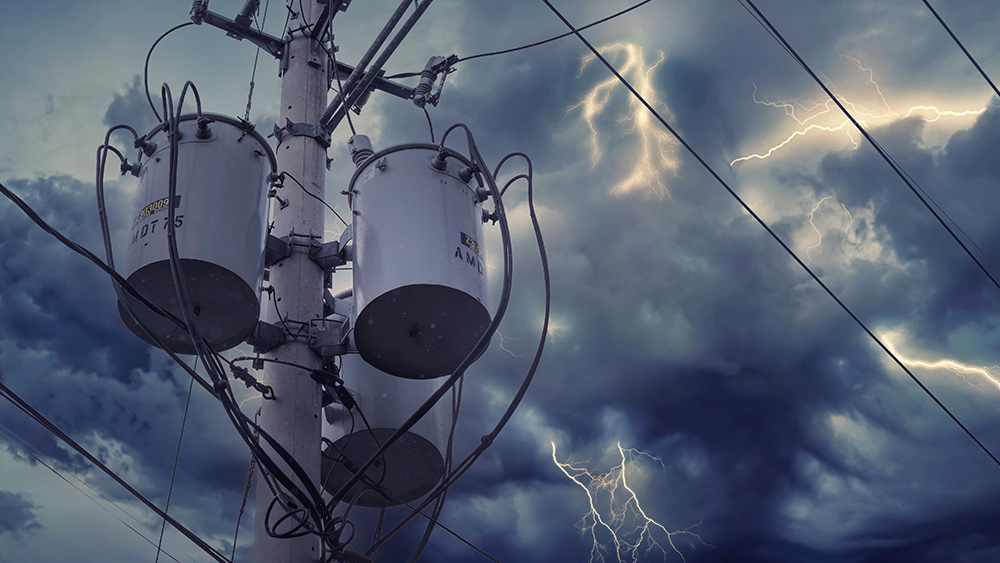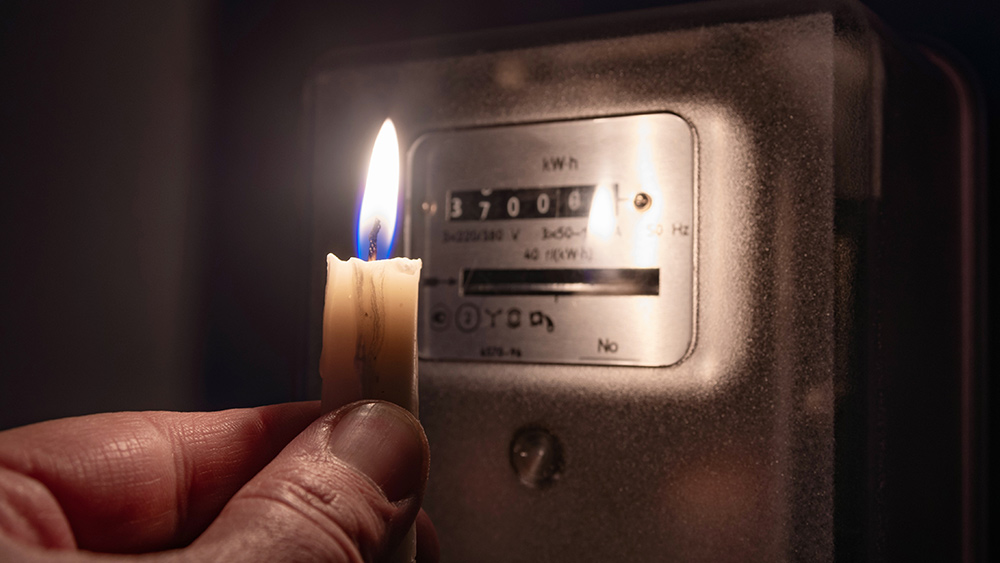
The sun has uncorked its biggest solar flare in more than three years, erupting on Nov. 29 with an enormous release of plasma and a magnetic field called a coronal mass ejection.
SpaceWeather reported that the solar flare registered as an M4.4 on the scale used to measure solar storms. Solar flares, which are sudden, bright explosions of electromagnetic energy, are measured on a scale from one to nine, with larger numbers indicating stronger explosions. These solar storms are generally classified as small C-class, medium M-class or large X-class flares.
The M4.4 flare is considered to be of medium intensity and burst bright on Sunday with a coronal mass ejection, as seen in footage recorded from the National Aeronautics and Space Administration (NASA)'s Solar Dynamics Observatory. CMEs typically accompany solar flares and may cause disturbances on Earth, though astronomer Tony Phillips of SpaceWeather said this coronal mass ejection will not hit the planet.
Medium-sized solar flare not to be taken lightly
Last Sunday's flare kicked off solar cycle 25, the brand new cycle of the sun that began in December 2019 but was announced only in September this year. While this new phase of solar activity started off with a powerful explosion, it's projected that solar cycle 25 will be fairly quiet like solar cycle 24 before it, which ran from 2008 to 2019.
The sun follows an 11-year activity cycle, where solar weather ebbs and flows, as the sun's magnetic field becomes unstable and flips. Tracking the solar cycle and the sun's ever-changing activity is important as solar flares and coronal mass ejections release intense bursts of ionizing radiation. These abrupt expulsions of energy can be so intense that they can cause radio blackouts and other technological disruptions.
However, X-class solar flares are usually the ones capable of causing radio blackouts, while M-class flares like the one seen on Sunday commonly cause only minor effects on Earth. The coronal mass ejection that accompanied the latest flare is also beyond the strike zone for geoeffective solar storms, meaning the solar eruption isn't facing Earth.
But Phillips warned that if the flare were coming this way, it might cause a strong geomagnetic storm. This can disrupt radio communication and even cause power surges and blackouts on the ground. In fact, the X-ray and ultraviolet radiation from the flare created a shortwave radio blackout over the Southern Atlantic ocean, according to Phillips.
He also said that while the flare appeared as an M-class from Earth, it may actually have been a stronger one since the flare occurred on the sun's side that's not facing the planet. "The explosion was partially eclipsed by the body of the sun. It might have been an X-class event," wrote Phillips. (Related: NASA says the solar flare that caused a radio blackout last September was the biggest flare in a decade.)
Strongest recorded solar flares
Some of the strongest solar flares in recorded history hit Earth in September 1859 and March 1989. The 1859 solar storm, which is also called the "Carrington Event," is thought to be the most powerful solar storm in the last 500 years. When the flare hit the magnetosphere – the region of space surrounding Earth where the dominant magnetic field is the planet's magnetic field – it caused spectacular celestial light displays called auroras that were seen as far south as the Caribbean. It also triggered fires, electric line discharges and the electrocution of telegraph operators, among other disturbances.
Meanwhile, the 1989 solar flare knocked out portions of Canada's electrical grid, causing a widespread blackout in the affected regions that lasted for nine hours or so. The flare also damaged the electrical power transmission systems of the Hydro Quebec generating station and melted power transformers in New Jersey. However, NASA noted that this solar flare was nowhere near as powerful as the Carrington Event despite its major effects on the ground.
Read more solar weather reports at Space.news.
Sources include:
Please contact us for more information.





















